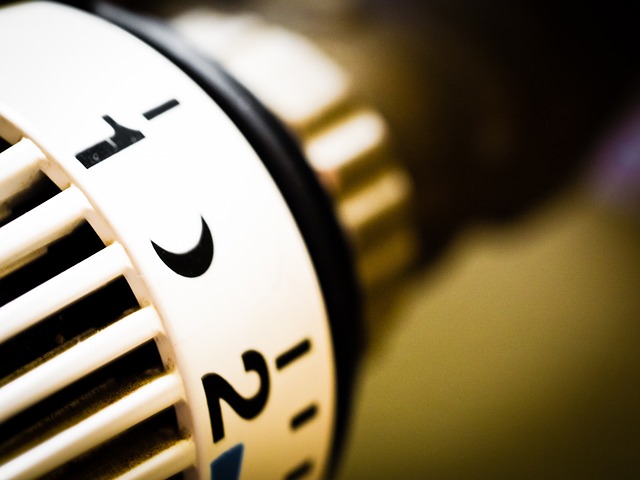Understanding HVAC Tune-Ups and Seasonal Maintenance
Regular HVAC tune-ups extend system life and improve efficiency. Seasonal checks on filters, coils, and airflow help maintain comfort, manage costs, and prevent unexpected heating or cooling issues, supporting reliable performance throughout the year.

Proper maintenance of heating, ventilation, and air conditioning systems ensures optimal performance and longevity. Regular tune-ups address potential issues before they become major problems, saving homeowners significant repair costs and uncomfortable temperature fluctuations. Professional technicians inspect, clean, and adjust system components to maintain peak efficiency.
Importance of HVAC Tune-Ups
Routine HVAC tune-ups provide multiple benefits that extend beyond basic comfort. Clean filters and coils improve airflow, reducing strain on system components. Technicians check refrigerant levels, inspect electrical connections, and calibrate thermostats during comprehensive maintenance visits. These preventive measures can reduce energy consumption by up to 15 percent compared to neglected systems.
Well-maintained equipment operates more quietly and provides consistent temperature control throughout your home. Regular inspections also identify safety concerns such as gas leaks or carbon monoxide risks in heating systems. Professional maintenance typically includes cleaning drain lines, checking ductwork connections, and testing system controls.
Seasonal Maintenance Scheduling
Timing maintenance visits strategically maximizes system performance during peak usage periods. Spring tune-ups prepare air conditioning systems for summer heat, while fall maintenance ensures heating equipment operates safely through winter months. Many homeowners schedule biannual service calls to address both heating and cooling components.
Spring maintenance focuses on cooling system components including condenser coils, refrigerant lines, and outdoor unit cleaning. Technicians test cooling capacity and check for winter damage to outdoor equipment. Fall maintenance emphasizes heating system inspection, including furnace filters, heat exchangers, and ventilation components.
Some regions benefit from additional maintenance visits based on local climate conditions. Areas with heavy pollen or dust may require more frequent filter changes and coil cleaning. Coastal locations might need enhanced corrosion protection for outdoor equipment.
Energy and Comfort Optimization
Proper maintenance directly impacts energy efficiency and indoor comfort levels. Clean systems require less energy to achieve desired temperatures, resulting in lower utility bills. Regular tune-ups can identify inefficient operation patterns and recommend improvements to system performance.
Technicians adjust airflow balance to ensure even temperature distribution throughout your home. They also check insulation around ductwork and recommend sealing improvements where necessary. Properly calibrated thermostats and clean sensors provide accurate temperature readings and efficient operation cycles.
| Service Provider | Maintenance Package | Cost Estimation |
|---|---|---|
| Carrier | Annual Tune-Up Plan | $150-$300 per visit |
| Trane | Seasonal Maintenance | $120-$250 per visit |
| Lennox | Complete Care Package | $180-$350 per visit |
| Local HVAC Companies | Basic Tune-Up Service | $100-$200 per visit |
| Home Service Contracts | Annual Maintenance Plans | $200-$500 per year |
Prices, rates, or cost estimates mentioned in this article are based on the latest available information but may change over time. Independent research is advised before making financial decisions.
Maintenance contracts often provide priority scheduling and discounted repair services. Many companies offer package deals that include both spring and fall visits at reduced rates compared to individual service calls. Some utility companies provide rebates for documented maintenance programs that improve energy efficiency.
Regular maintenance also helps maintain manufacturer warranties on newer equipment. Many warranty agreements require documented professional maintenance to remain valid. Keeping detailed service records protects your investment and ensures warranty coverage when needed.
Seasonal maintenance scheduling creates opportunities to discuss system upgrades or efficiency improvements with qualified technicians. They can recommend programmable thermostats, improved filtration systems, or ductwork modifications that enhance overall performance. Professional guidance helps homeowners make informed decisions about system improvements and replacements.




